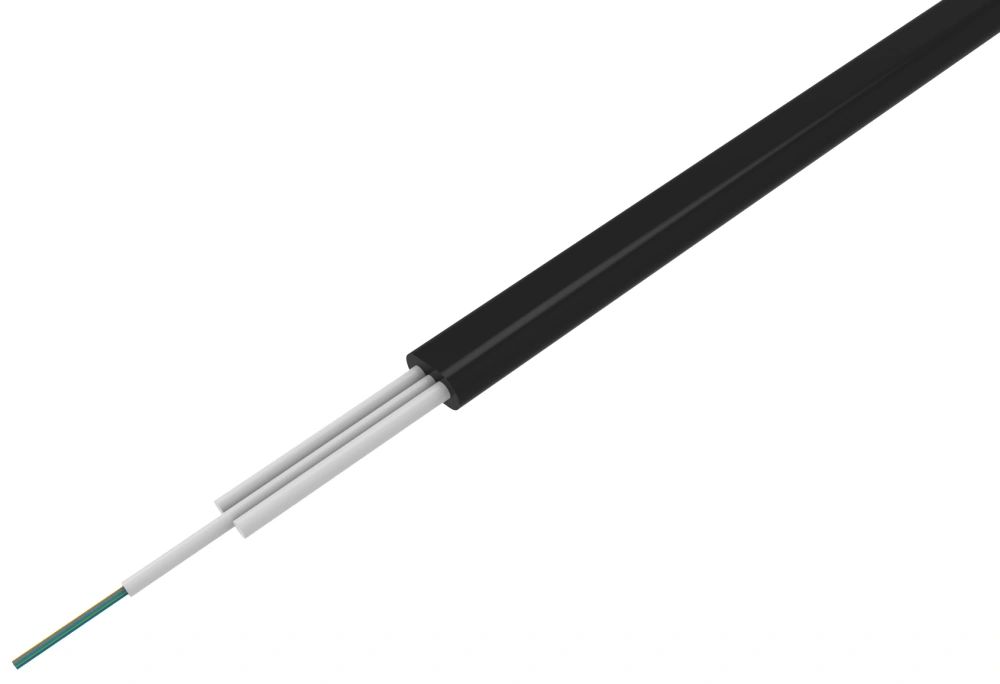Understanding Indoor Optical Cables and Their Uses

Indoor optical cables are a critical component of modern telecommunications infrastructure, enabling the transmission of data through fiber-optic technology. These cables are typically used in indoor environments such as office buildings, data centers, and educational institutions. They play a crucial role in supporting high-speed internet connections, voice communication, and video streaming. To ensure their effective deployment and optimal performance, it is essential to understand their scene adaptability and take necessary precautions.
Scene Adaptability of Indoor Optical Cables
Indoor optical cables are designed to be adaptable to various scenes, accommodating different installation requirements. They are available in different types, such as tight-buffered cables and loose-tube cables. Tight-buffered cables, with a protective coating directly on the fibers, are commonly used for shorter distance connections within buildings. On the other hand, loose-tube cables, with fibers enclosed in gel-filled tubes, offer enhanced protection and flexibility for longer distance connections, making them suitable for outdoor-to-indoor transitions.
Furthermore, indoor optical cables come in various designs, including simplex and duplex cables. Simplex cables consist of a single fiber, while duplex cables have two fibers, allowing for simultaneous bi-directional communication. This flexibility in design ensures compatibility with different network setups and requirements, making indoor optical cables highly adaptable to different scenes.
Precautions for Indoor Optical Cable Installation
When installing indoor optical cables, it is vital to take certain precautions to ensure their safety and optimal performance:
1. Cable Routing: Carefully plan the cable routing to avoid sharp bends, excessive tension, or unnecessary strain. Avoid routing the cables near sources of heat, power cables, or other potential interference sources. Proper cable management and organization minimize the risk of damage and signal degradation.
2. Cable Protection: Install cable protectors, such as conduits or cable trays, to safeguard the optical cables against physical damage. These protections ensure that the cables are not accidentally compressed, crushed, or exposed to environmental elements, thus preserving their integrity.
3. Labeling and Documentation: Labeling each cable and maintaining proper documentation are essential for easy identification and maintenance. Accurate labeling enables quick troubleshooting, repairs, and expansions, saving valuable time and resources.
4. Professional Installation: Employ experienced and trained technicians for the installation and termination of indoor optical cables. Professional installation ensures proper handling, splicing, and termination techniques, reducing the risk of signal loss and other performance issues.
By adhering to these precautions, the installation and management of indoor optical cables can be streamlined, ensuring seamless connectivity and reliable network performance.
Conclusion
Indoor optical cables are versatile components that enable efficient data transmission in various indoor settings. Their scene adaptability, combined with proper precautions during installation, guarantees reliable connectivity and optimal performance. By understanding their adaptability to different scenes and adopting necessary safety measures, organizations can derive maximum benefit from indoor optical cables and meet their ever-growing communication needs.



